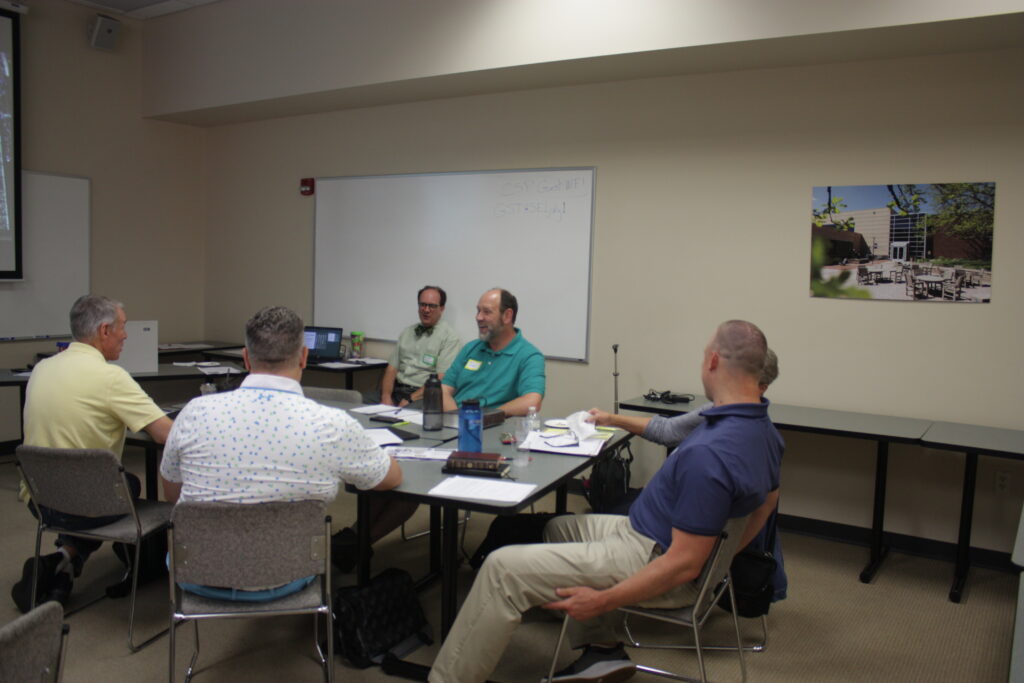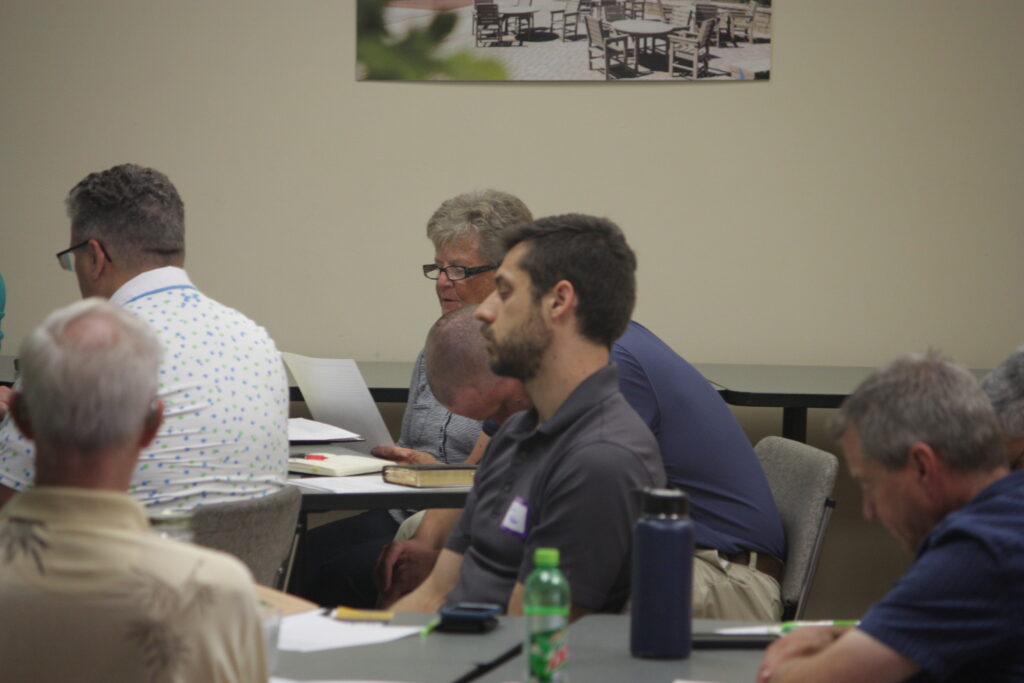Workshop Opportunity in Cleveland Area
We are pleased to share with our readers information about an upcoming workshop led by the Rev. Dr. Adam Filipek, which is part of Concordia Seminary’s Faculty Led Workshop series. Dr. Filipek shares our passion for adult faith formation and partnered with us for our online conferences in 2020 and 2021, serving as a breakout session leader twice. We’ve also featured his book, Life in Christ, Rooted, Woven, and Grafted into God’s Story (CPH, 2023) on this blog.

Title: Faith Formation in a Nominally and Post-Christian World
Date: June 10 – June 12, 2024
Location: Faith Lutheran Church, Mentor, Ohio (greater Cleveland area)
Program cost: $150.00
Registration deadline: May 27, 2024
When the church speaks of “Christian formation,” we tend to speak of a classroom setting: Sunday school, Confirmation class, adult instruction and Bible study. Such a perspective runs the risk of treating the Christian faith as primarily intellectual. When that happens, the church can easily be equated with a K-12 school. Many have a mindset of, “When I have learned everything I need to know, then I can be done with church. Like school, I can graduate, move on and never return.” But the Christian faith is not something we simply learn, regurgitate, graduate and move on from. In this workshop, participants will explore how narrative catechesis can be used to cultivate a love of the one true God and a desire to dwell with Him here in time: weekly in the Divine Service and daily in our respective vocations and in eternity where we “appear with Him in glory” and dwell with Him forever.
To register, click here.
For more information, click here.




















